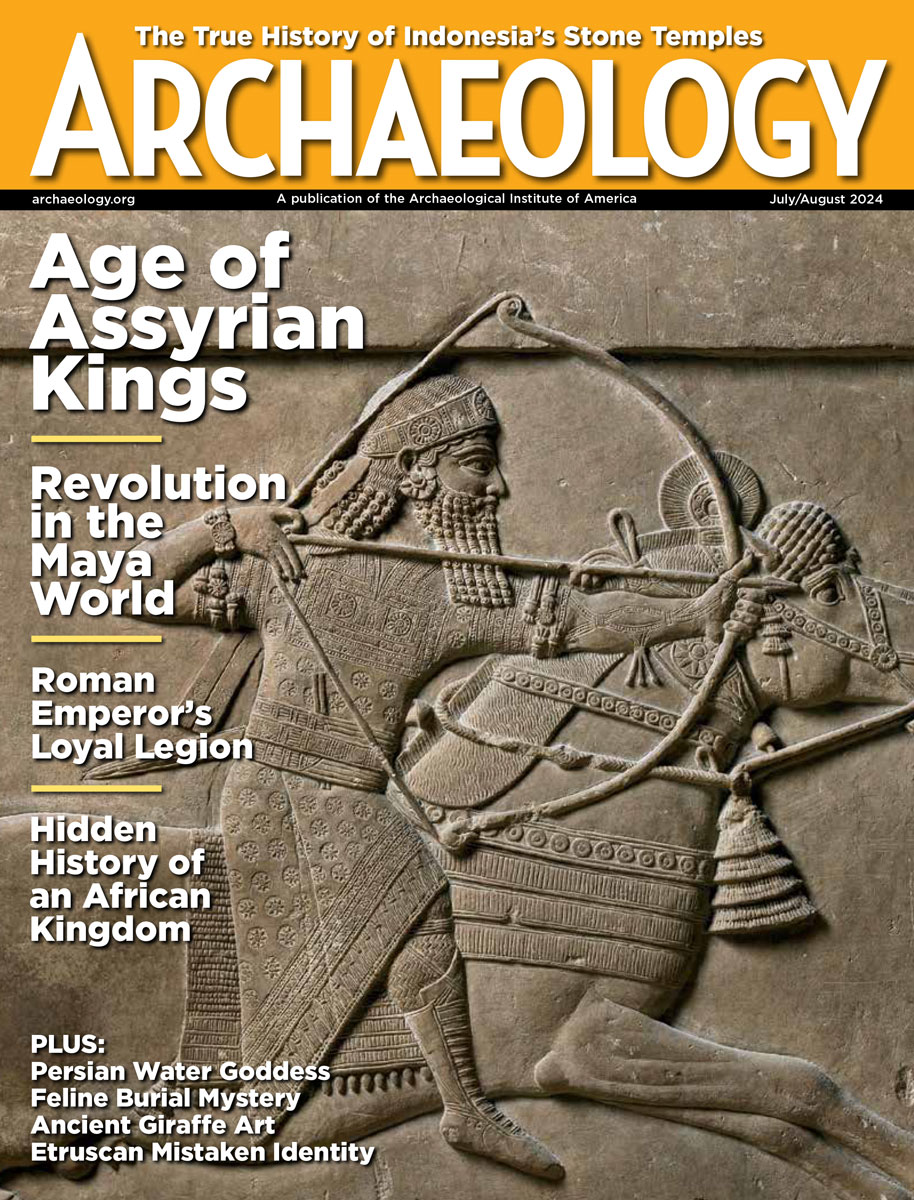Wednesday, March 26
March 26, 2008
A Finnish tourist faces prison and a $19,000 fine if convicted of breaking off the earlobe of a Moai on Easter Island. A Rapanui woman witnessed the crime and identified the 26-year-old man.
A second-century Roman roundhouse was unearthed during a sewer project in western England. A second dwelling may be nearby. “Finds like this are very rare in Lancashire, and especially rare in this area,” said archaeological consultant Alison Plummer. Â
Austrian, German, and Swiss export credit agencies may withdraw their funding of Turkey’s controversial Ilisu Dam project, after savvy protesters in Ankara played on “European fears of uncontrolled immigration.” The dam would inundate the archaeological site of Hasankeyf and displace 55,000 residents. Â
Human bones found in a cave in Columbia, Tennessee, may be at least 1,000 years old, according to an unnamed archaeologist. Â
Some 600 sets of human remains excavated in Buffalo, West Virginia, and kept at Ohio State University for more than 40 years, will be returned for reburial. The bones had never been linked to a specific American Indian group. Â
The New York Times has picked up the story on the high-status burial of ten donkeys in Abydos. The donkeys’ bones, which date to 3000 B.C., show signs of arthritis from carrying heavy loads. “It’s the first definite evidence for their use as transport animals,” said Fiona Marshall of Washington University in St. Louis. Â
A site in southwest Washington may soon be excavated to help solve a twentieth-century mystery. Children playing near their home found a parachute much like the one used by D. B. Cooper, who hijacked a plane in 1971. He had jumped from the plane and was never found. Â
A New York man previously arrested for stealing artifacts and selling them on eBay has been arrested again.
- Comments Off on Wednesday, March 26
Tuesday, March 25
March 25, 2008
A new article in Science proposes that coastal migrants might have reached North America as much as 2,000 years earlier than previously thought. Ancient bison bones have been discovered on Vancouver Island and on Orcas Island in Washington State, suggesting to a team of researchers that plenty of food was available to hunters on the Pacific coast 14,000 years ago. One of the bones from the 14 sites appears to have been butchered.
Charred starch granules from domesticated corn have been found on 5,000-year-old pottery from western Ecuador. “It has long been thought that maize may have been used south of Panama at this time for ritual purposes but this shows it was also being consumed as food,” said archaeologist Scott Raymond of the University of Calgary.
Carbonized sweet potato dating to 1000 A.D. has been found in the Cook Islands, long before European contact could have spread the root vegetable. A new computer model shows that “accidental drift voyages” may have been responsible for its dispersal from South America to Polynesia. Â
Human remains were found in a cave in Columbia, Tennessee, by a man out for a walk. The police department has called in archaeologists to help them determine whether or not they’ve got a crime scene or an American Indian burial. Â
A white 1966 Lincoln Continental with a black top has been restored and is traveling from Indiana to Memphis, Tennessee, where it will go on display at the National Civil Rights Museum. The car is one of the few known to have been used by Martin Luther King, Jr. Â
Seahenge, a 4,000-year-old timber circle, emerged from the sands in Norfolk, England, at Holme-next-the-Sea nine years ago. The circle will soon go on display at Lynn Museum. Â
Anglo-Saxons are known for their lavish burials, but “The latest discoveries from cemeteries show that portable and quite modest artifacts, such as carefully wrought combs made of deer antler, and small tweezers, shears and razors made of iron or bronze, were of clear importance in the commemoration of the dead,” according to Howard Williams of the University of Chester.
- Comments Off on Tuesday, March 25









